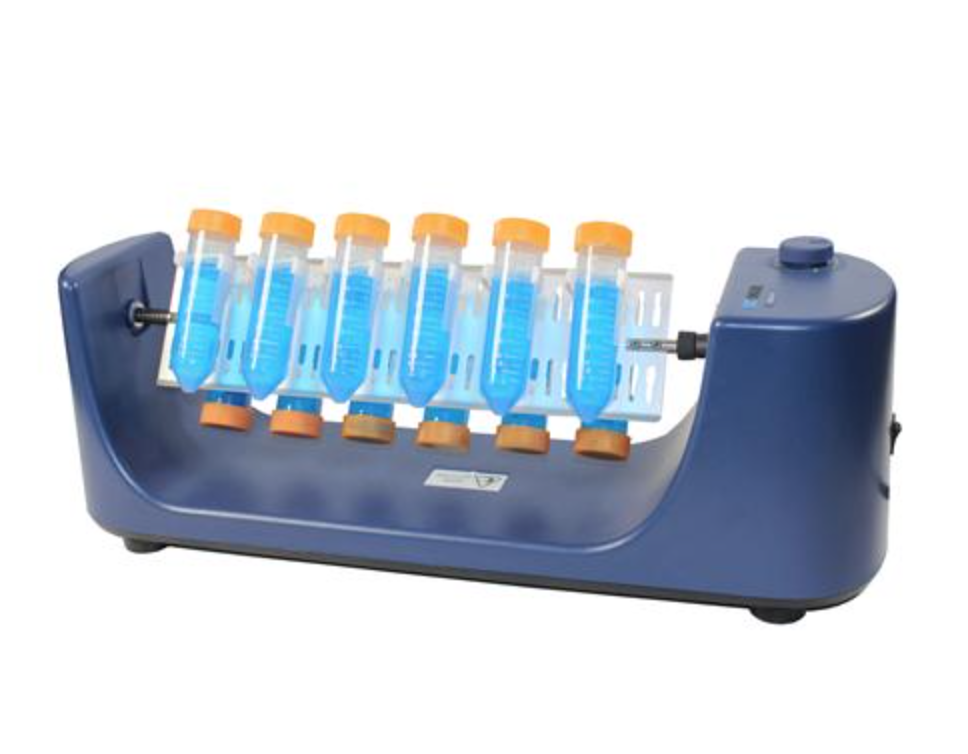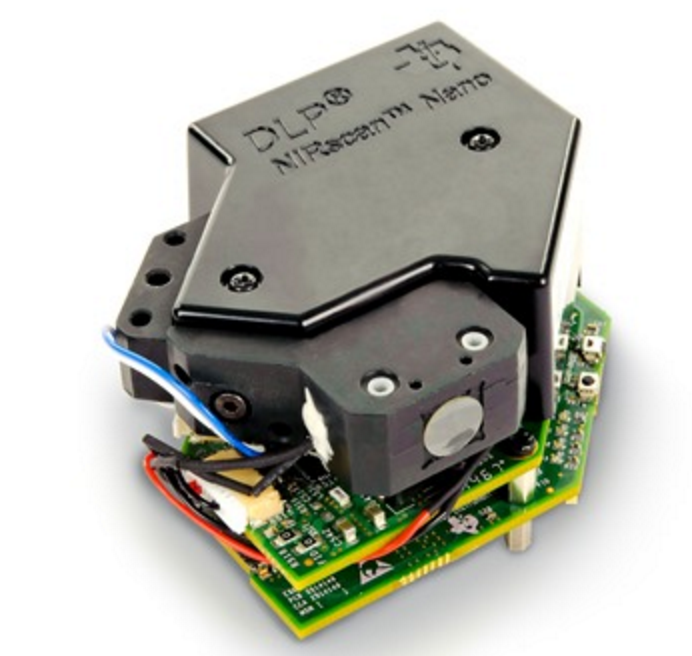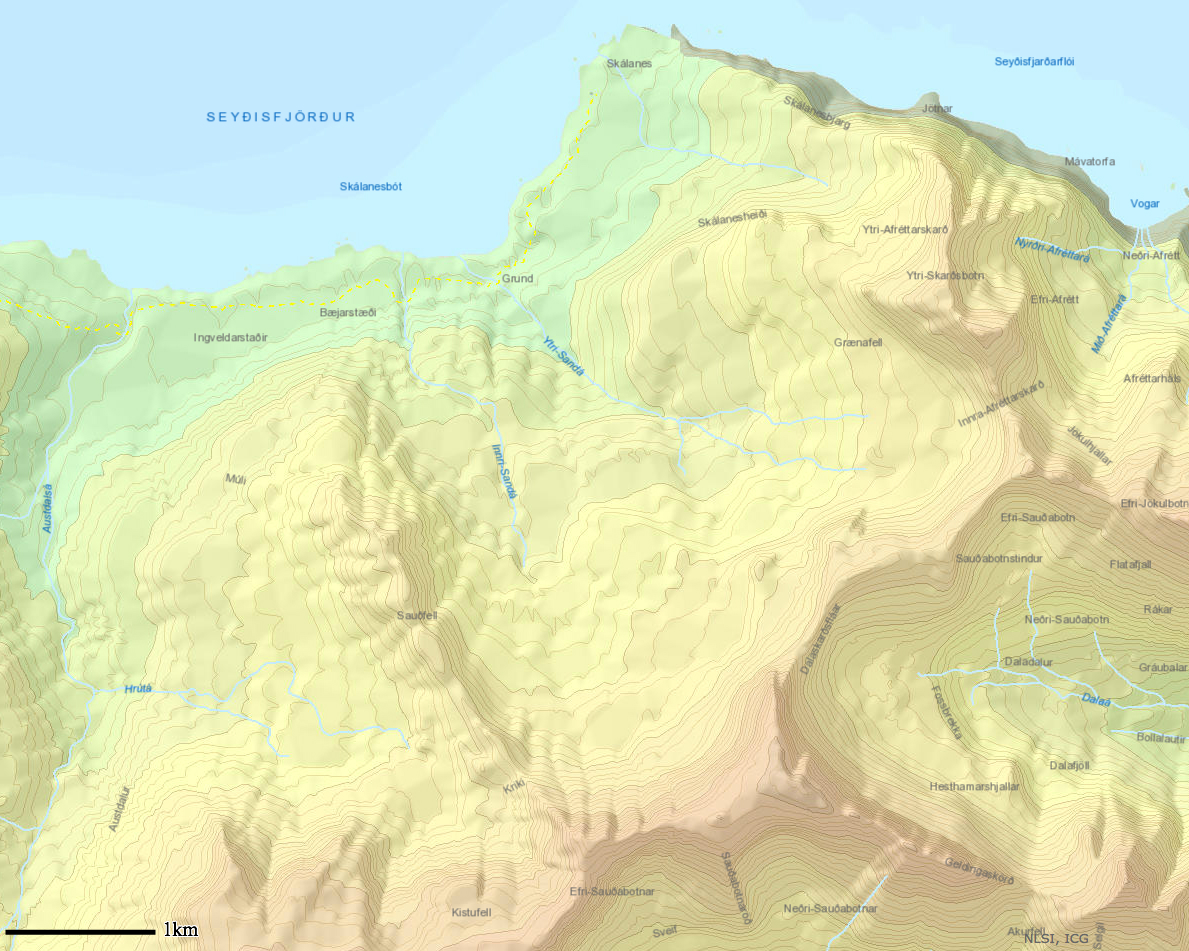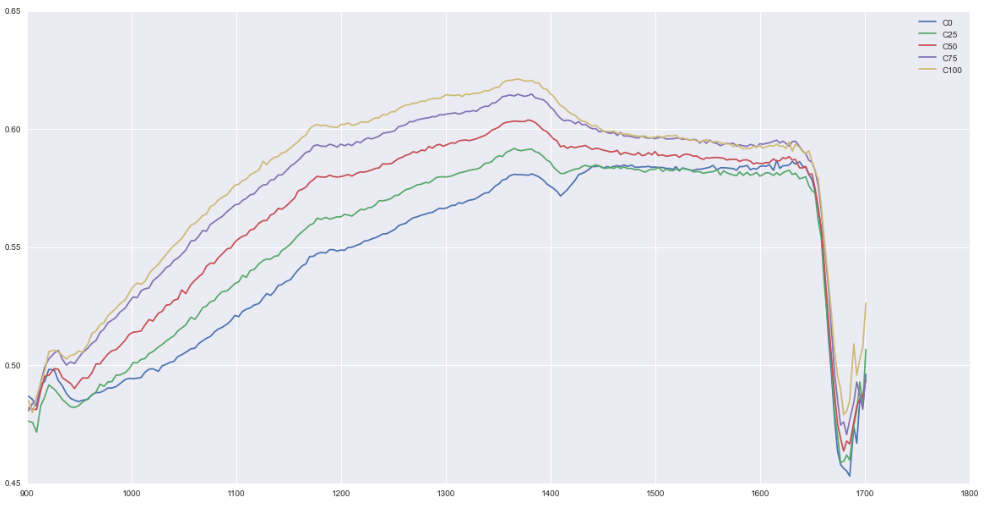This past week has been a busy week. I spent a great deal of time working with Erin on the UAV Lundi where we were able to do test flights in fairly heavy wind, get used to the camera system, learn how to stitch images together. I got a chance to look into some of the customisable flight controls such as “point of interest”, “follow me”, and “waypoints.” The waypoints is particular interesting as It should allow us to define flight plans, save them, and then have Lundi fly them in the same way on its own. Most of the custom commands are going to come from a “ground control station” which is just an input form a laptop. I spent time looking into open source ground stations that have already been created but didn’t find anything exactly like I wanted. In order to remedy this Ive started coding up a few things using the DJI api to either create our own standalone ground station or add it into an open system. The goal is to have the ability to click waypoints on a map and have the drone fly the path with user defined specifications.
I’ll update shortly about LiDAR visualisation and information. Im working on creating a nice image and detailed instructions on whats going on!








